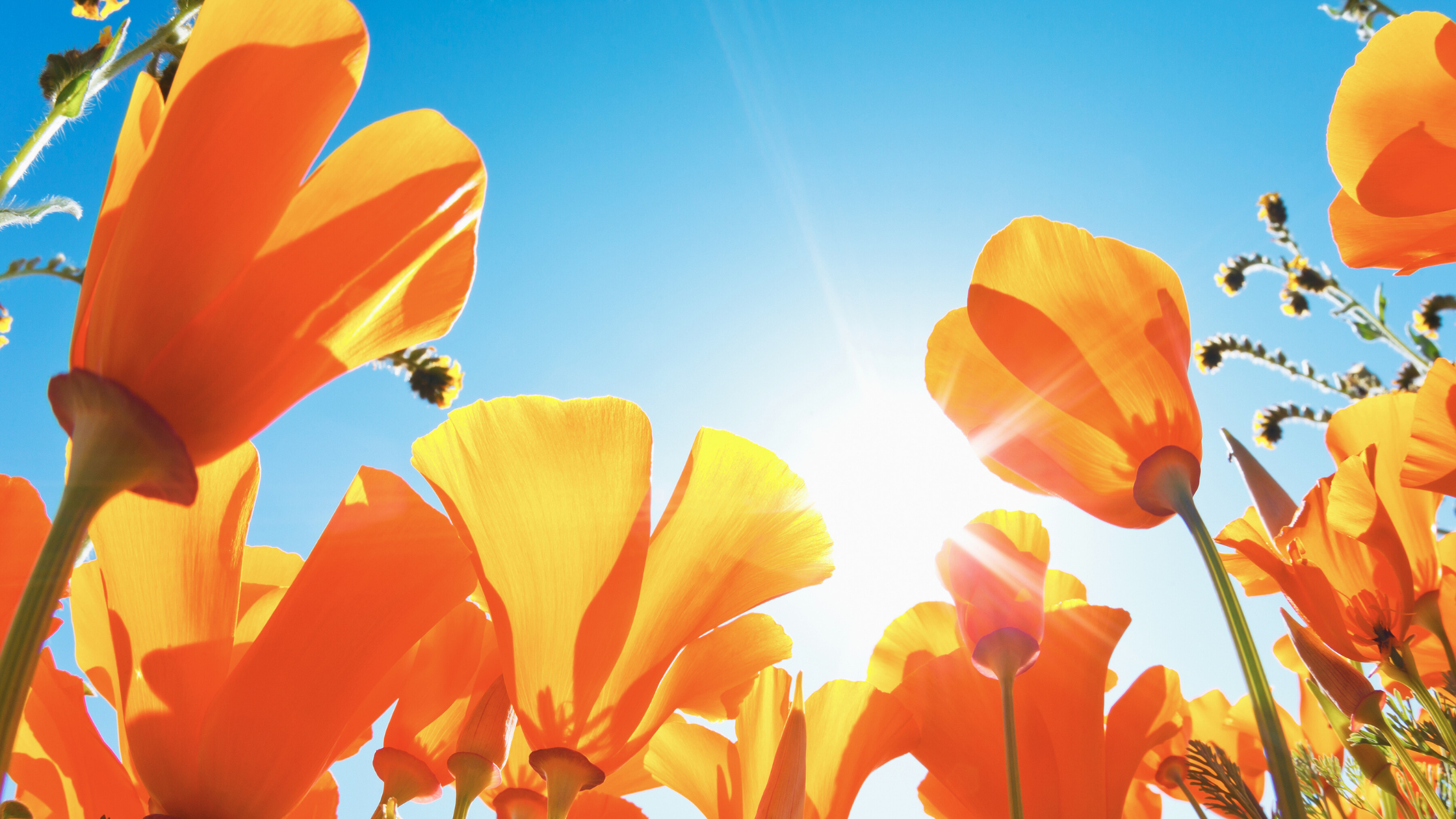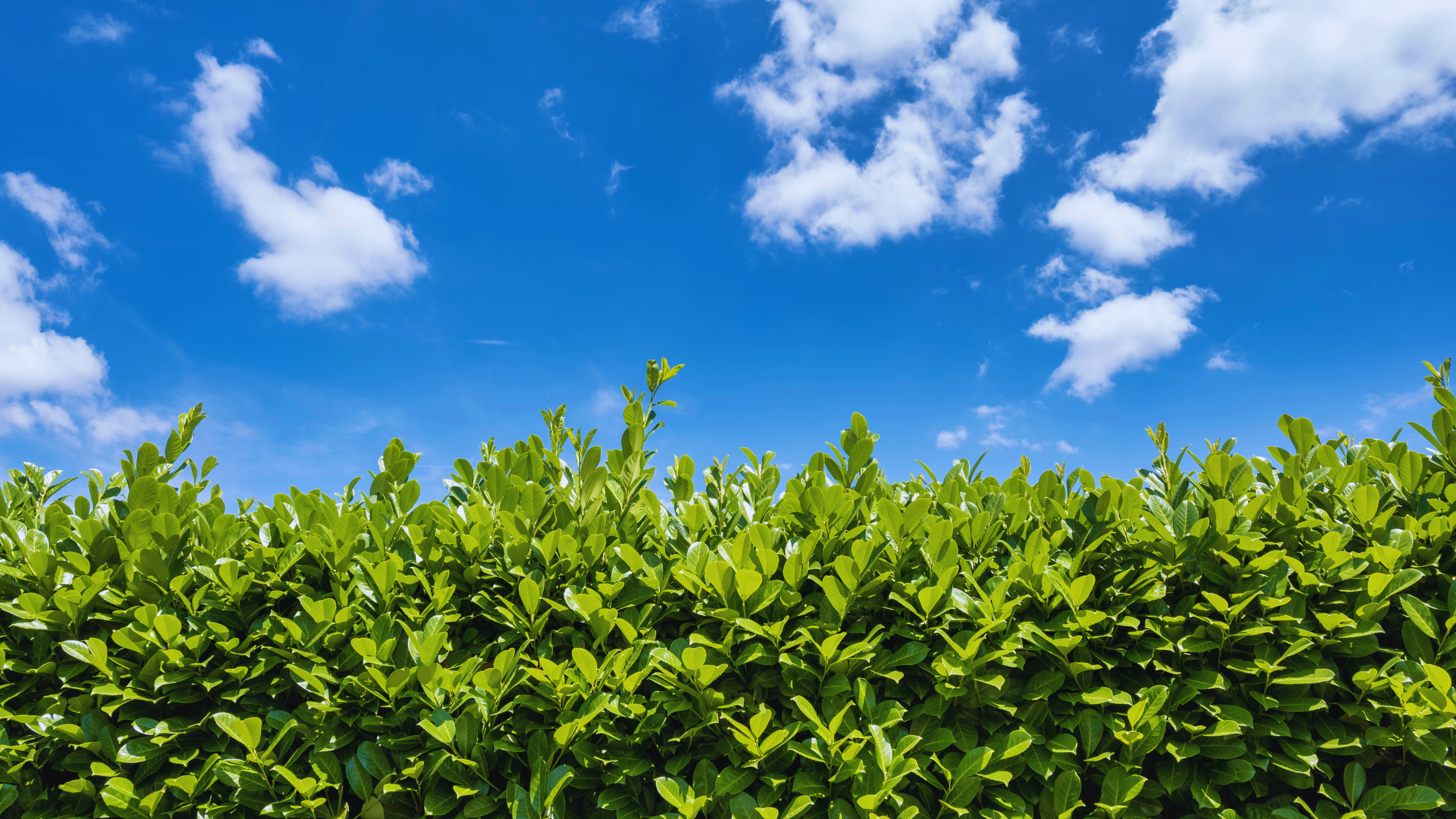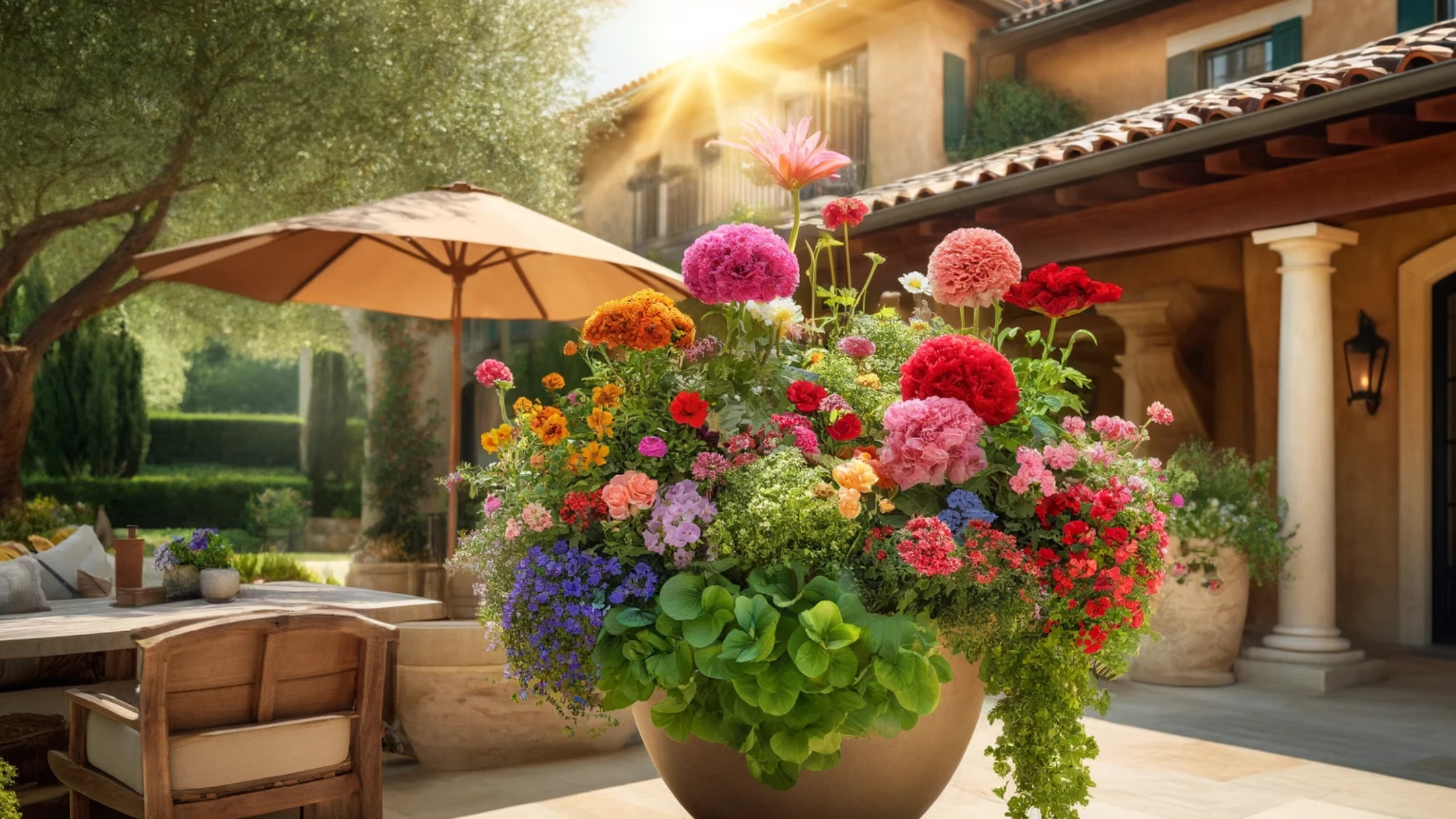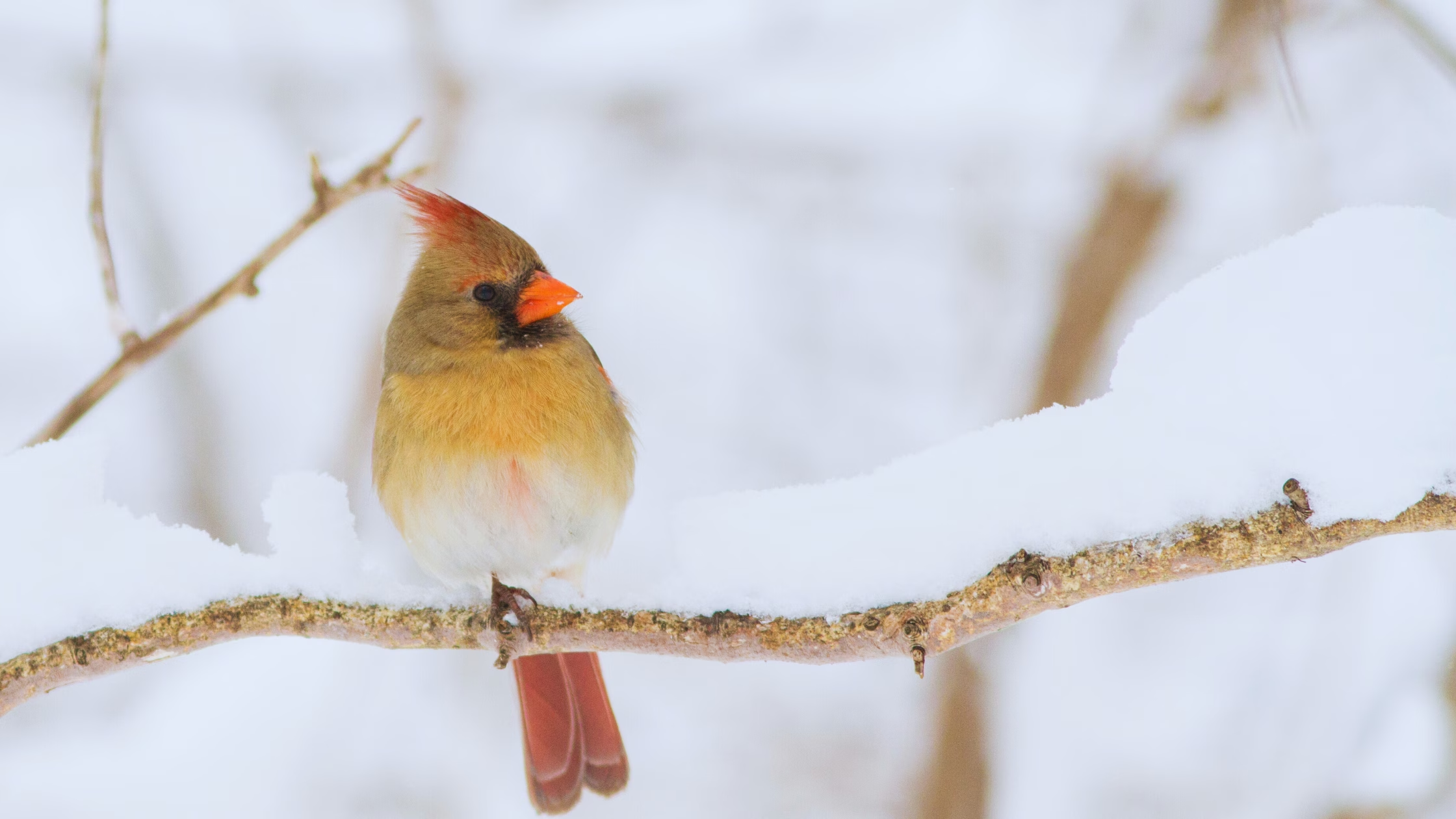As April showers give way to May flowers, gardening in the Mid-Atlantic region finds us amidst growth and renewal. We are being beckoned outdoors and into the garden and it is time to embrace the warmth and abundance of May. From planting annuals and vegetables to pruning shrubs and caring for trees, this May Gardening Checklist is your indispensable guide to nurturing a thriving garden that flourishes throughout the season. Join us as we dive into the ultimate May Gardening Checklist and begin to check off what applies to you and your garden.
May Gardening Checklist:
ANNUALS:
- Liquid fertilize cool-weather annuals growing in containers or flower beds.
- Deadhead all annuals to encourage blooming
- Transplant any indoor started seedlings into larger pots
- Be on the lookout for pests, notably cutworms. Protect young plants by surrounding them with “collars”. (toilet paper tubes are a good diy solution). A plant collar is a simple tube placed around the base of the plant to prevent these pesky pests from feeding on the plant. Cutworms and cabbage root maggots feed on tender stems of plants, effectively severing them and causing plant death.
- Move overwintered tropical plants outdoors. Keep them in a protected area at first to acclimate to the changes.
- Plant annual bulbs , including tropicals. *plant post Mother’s Day when the threat of frost is well gone.
BULBS:
- Dig, divide and transplant spring-blooming bulbs that you want to relocate after the foliage yellows.
- Allow annuals foliage to persist until it yellows. Cut back any foliage that has declined.
- Begin planting Gladiolas. Consider staggering their plantings but 2-3 weeks that way you’ll enjoy blooms for a longer period.
- Plant tropical bulbs outdoors, these include elephant ears and caladium. *plant post Mother’s Day.
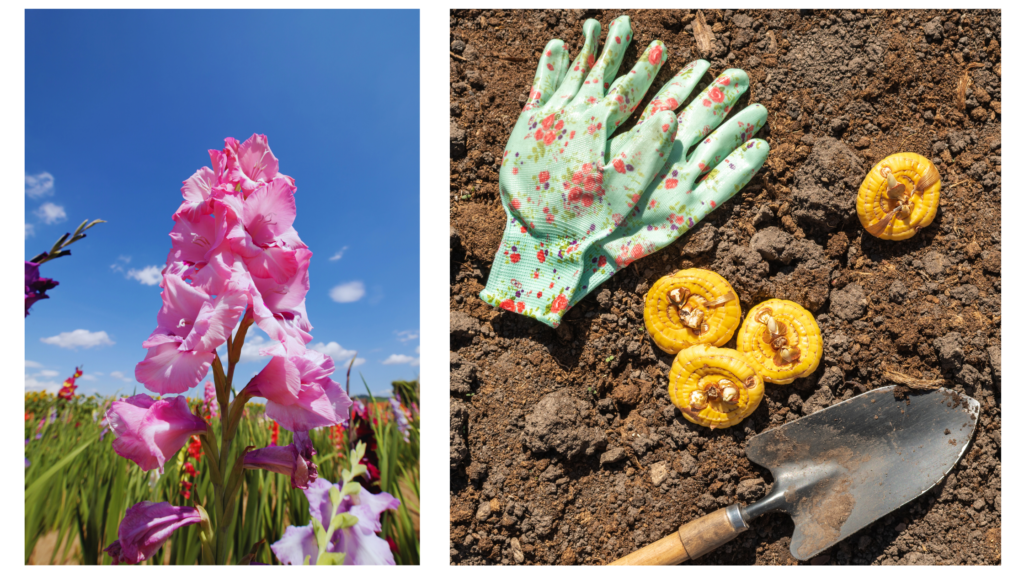
PERENNIALS + ORNAMENTAL GRASSES:
- Spray deer and rabbit repellent around your yard, if you have issues with these animals
- Divide perennials that have overgrown or declined in growth/health. Relocate the divided plants or consider gifting them to friends or family.
- Begin to harden off indoor started seedlings.
- Thin bee balm, garden phlox and any other plants that are susceptible to powdery mildew. Remove one-third to a half of flower stalks to allow for fairflow through the plant.
- Lay down new mulch or compost. Best timing is after the soil has warmed but before plants are fully grown through.
- Plant any new perennials *will caution to make sure this is after Mother’s Day as the last frost will be well behind us
- Cut back lavender when new growth appears.
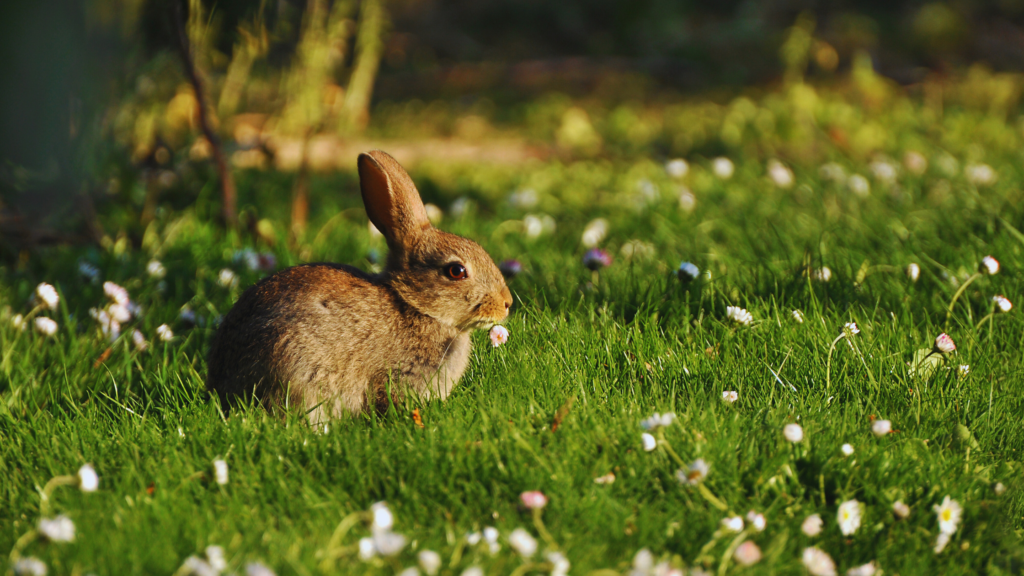
GROUNDCOVERS:
- For frequent deer or rabbit issues, be sure to spray repellent on all ground covers.
- Prune any dead or diseased growth from existing ground covers. Cut back, reshape or fill in blank spaces now that new leafing and spread is apparent.
SHRUBS:
- move shrubs outdoors that were over winterized indoors, this includes hibiscus, citrus and gardenias. Harden these off the same way you would for vegetables. Keep in a sheltered location outdoors for a week or so before moving them to their permanent summer locations.
- Fertilize azaleas and rhododendrons after they finish blooming. They are acid loving plants so make sure the fertilizer is specially formulated to their needs.
- Now is the time to prune azaleas and rhododendrons if need be.
- Mulch around shrubs to keep them cool and the soil moist. Do not let mulch directly touch plant stem. That’s because it can keep the root collar too damp and cause it to rot, plus it can encourage uninvited insects and ultimately weaken it.
- Prune any late summer and fall-blooming shrubs.
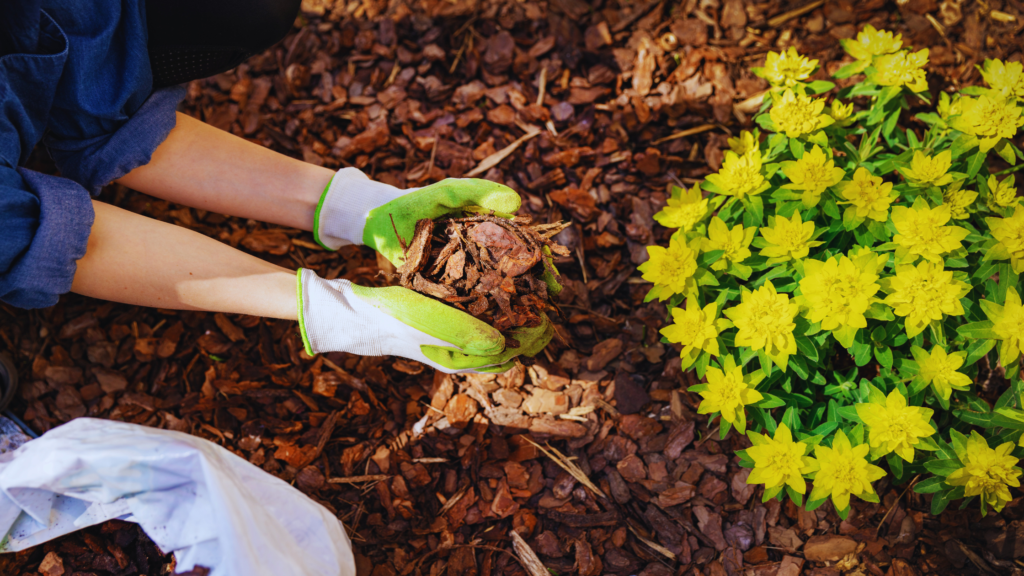
TREES:
- Water newly planted trees and shrubs regularly during this period to encourage good rooting, especially before the heat of summer arrives.
- Prune evergreen trees.
- Plant new trees. Be on the look out for fruit tree sales to grab up extra inventory!
- Check trees for pests. Cut back and disregard the damaged areas and then also be sure to disinfect pruning tools between plants and after use.
TURFGRASS:
- Begin regular lawn mowings. Set your moving routine and preferences so that you never remove more than one-third of the grass blade at a time.
- Consistently water newly planted lawn areas or seed.
- Aerate and dethatch. Irrigate before aerating and top-dress with finely sifted compost afterwards. This will improve soil.
- Control grubs. Beetle grubs eat lawn roots and cause brown patches. Apply grub preventer this month or June.
- Hand dig or spot treat large broadleaf weeds before they flower and seed.
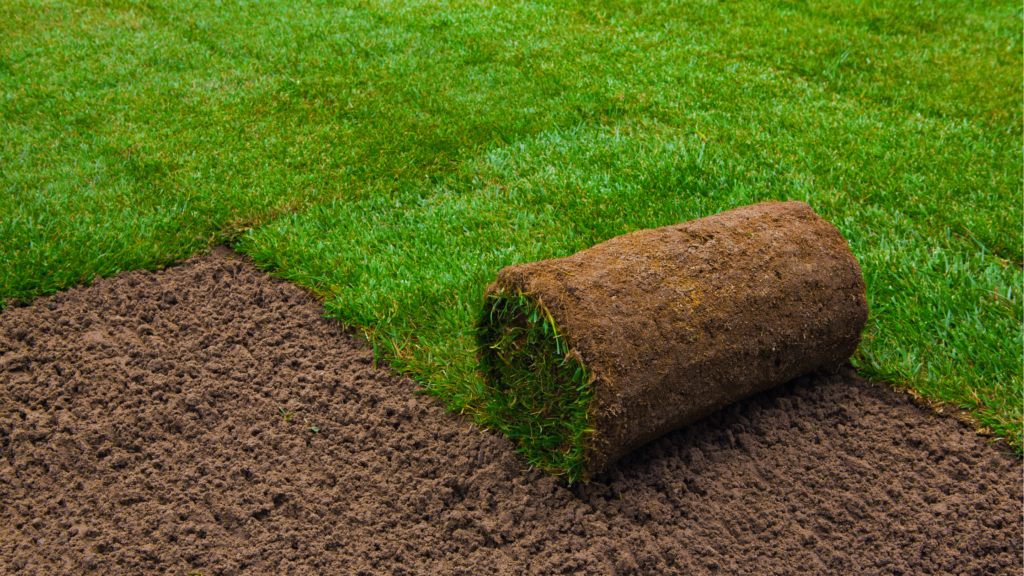
VEGETABLES + HERBS:
- Plant warm weather vegetables and herbs, such as tomatoes, peppers and basil but again hold off til Mothers Day weekend to be sure of the last frost being behind us. To be extra sure wait until Memorial Day.
- Thin cool season vegetables.
VINES:
- Train new growth of vines using plastic coated wire. Vines will be growing quickly this month, so this will be a bi-weekly activity, if not more.
- Climbing roses will need some help this month be tied and woven through supports. Remember they are not natural climbers.
- Plant new vines in the garden including tropical vines. Plant vines from seed this month too including , scarlet runner bean, hyacinth bean, and any other annual vines directly in the garden.
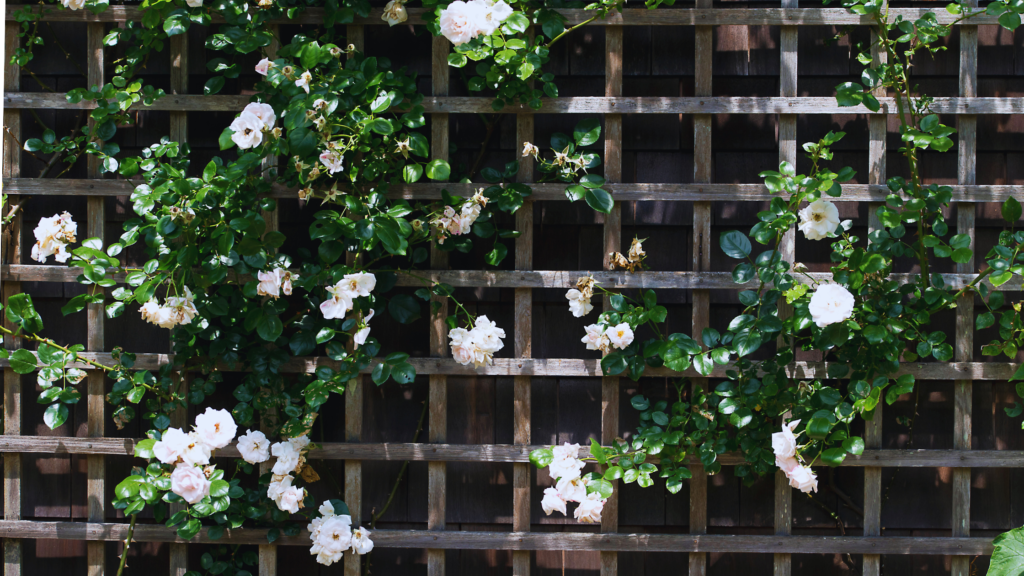
This month is a time of growth, renewal, and transformation. By diligently following the tasks outlined in this ultimate guide for May gardening checklist, you will set yourselves up for success in creating a vibrant and thriving outdoor oasis, one that will get better and better with every passing season.
Happy Gardening! x
Make sure to check out Aprils Gardening Checklist if you missed it
*Sources:
-Mid-Atlantic Gardener’s Handbook -Revised and Updated Edition
